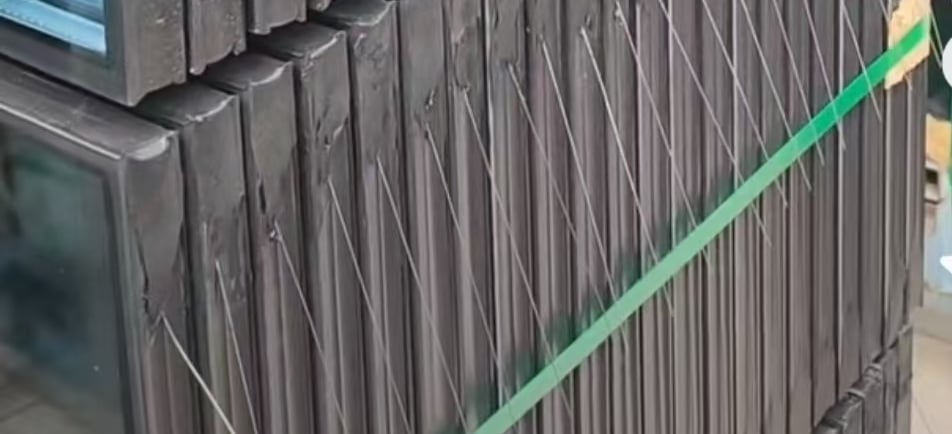Understanding the Impacts of Latitude on Insulated Glass Installation
5/20/2025


Introduction to Insulated Glass and Latitude
Insulated glass, widely used in modern architecture, is renowned for its energy efficiency and aesthetic appeal. However, understanding the impact of latitude on both its production and installation is crucial. Typically, these processes occur within similar latitude ranges, ensuring consistency. Yet, unique challenges arise when insulated glass produced at low latitudes is installed at higher elevations. This transition can lead to unexpected physical deformities and failures.
The Pressure Dynamics in Insulated Glass
One main principle governing insulated glass is the pressure dynamics within its double-glazed units. Under uniform external conditions, the air pressure inside the double-glazed units typically matches the external pressure. However, this equation often falters in practical application. For example, when insulated glass is produced at sea level, it tolerates specific atmospheric pressures. If this glass is then transported and installed at a higher latitude, the pressure differences become problematic. Not only might the internal air pressure not equal the external pressure, but it can also create a situation where the glass deflects outward, distorting its form and even leading to potential bursts.
The Consequences of Improper Insulation Installation
This phenomenon highlights the significant role of geographic factors in the installation process. When installation occurs at high altitudes without proper acclimatization to the new environment, the glass units can experience stress beyond their design parameters. This improper adjustment mechanism can result in visible deformation, affecting aesthetics and functionality. In some extreme cases, the glass could burst due to the internal pressure discrepancy. Hence, understanding the relationship between production location and installation latitude becomes paramount in ensuring the durability and efficiency of insulated glass.
Conclusion: Best Practices for Installation
To mitigate the risks associated with insulated glass installation at varied latitudes, manufacturers and installers must adopt best practices. It is essential to assess the specific conditions of both production and installation sites comprehensively. Ensuring equilibrium between the internal and external pressures through proper acclimatization processes, pre-installation pressure adjustments, and thorough site assessments can significantly enhance the longevity and operational effectiveness of insulated glass units. Such considerations ultimately lead to safer, more reliable building designs that leverage the benefits of high-performance insulated glass.